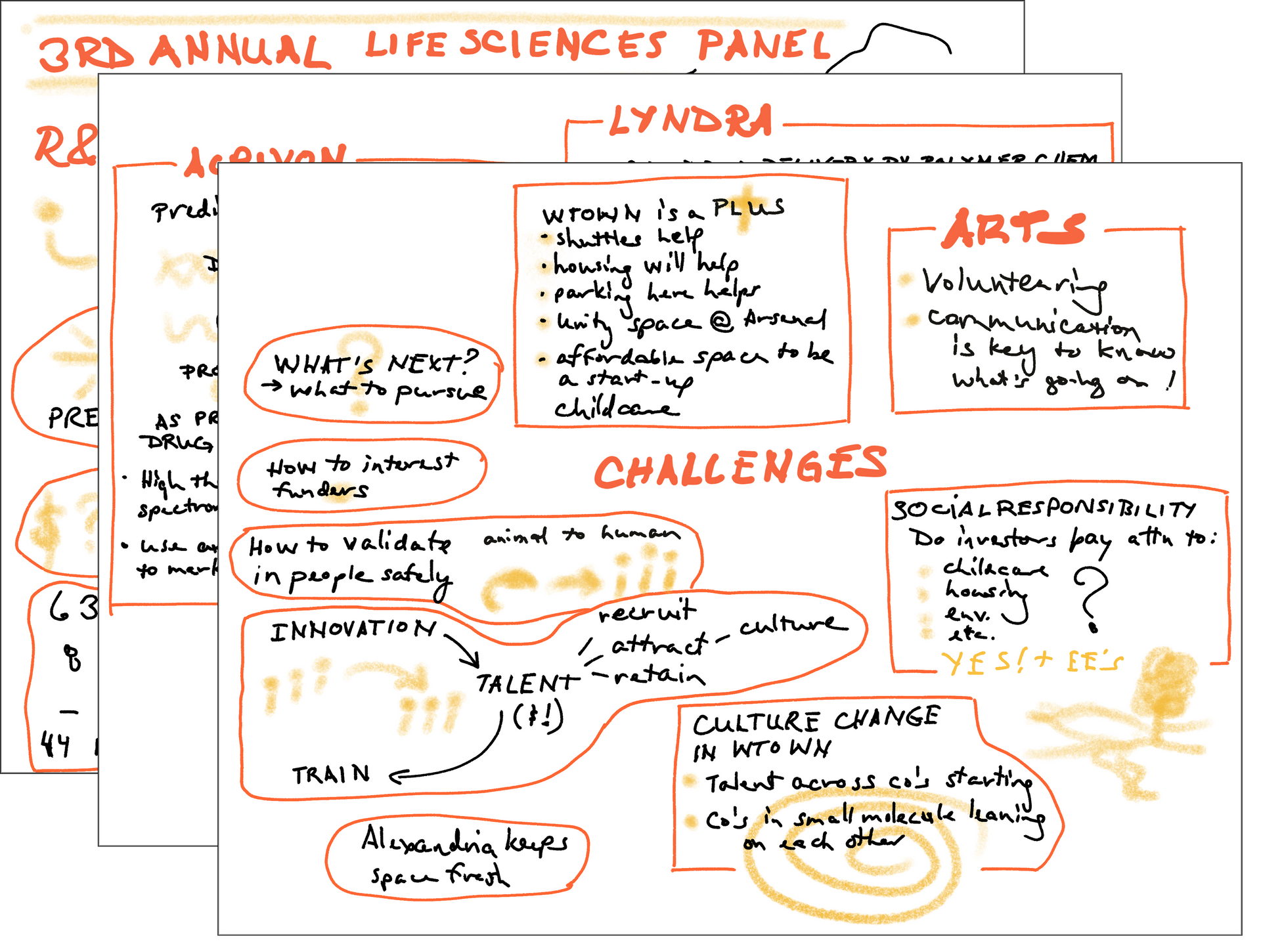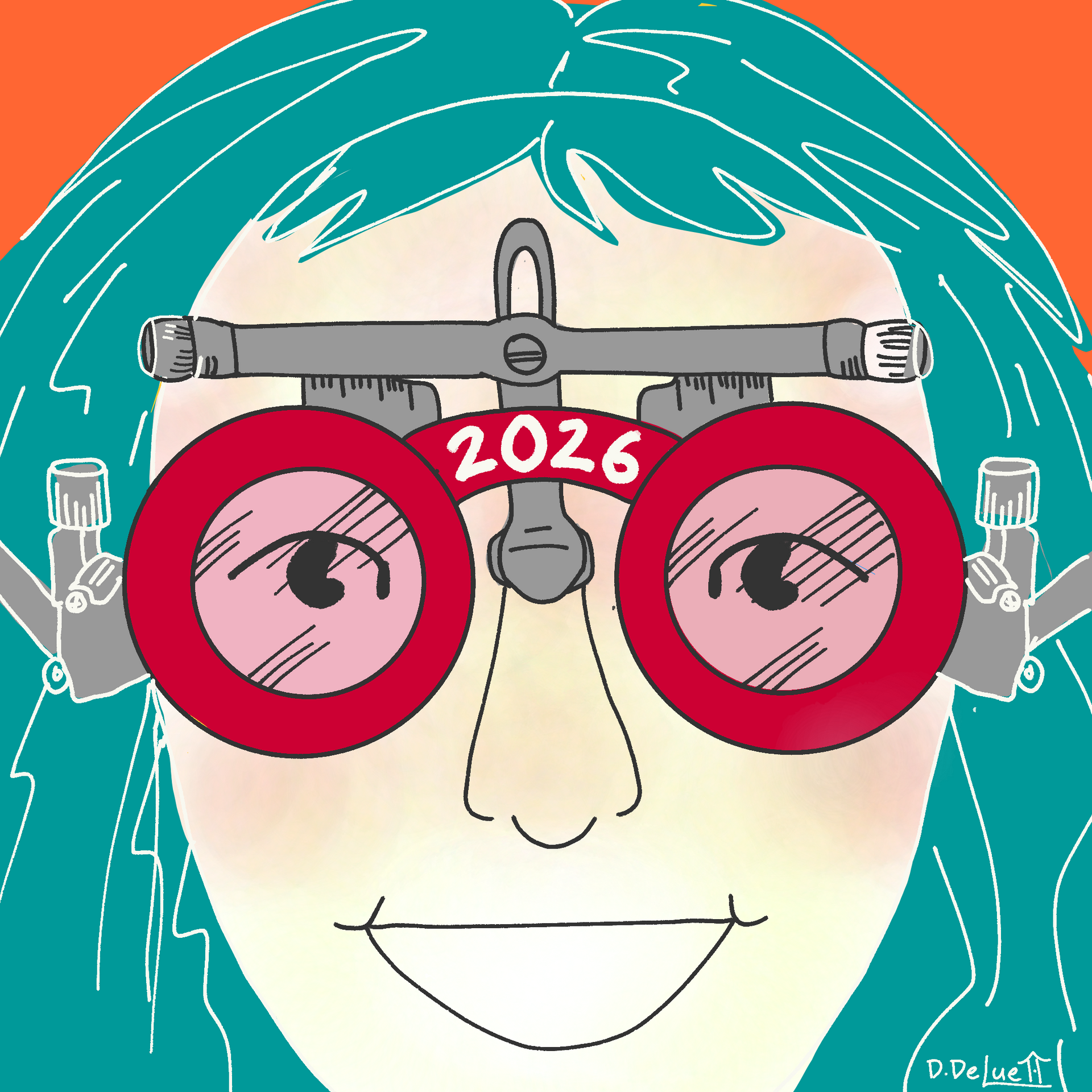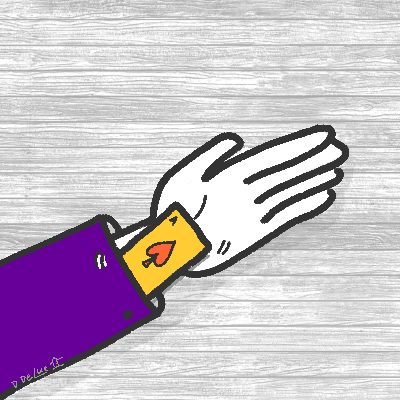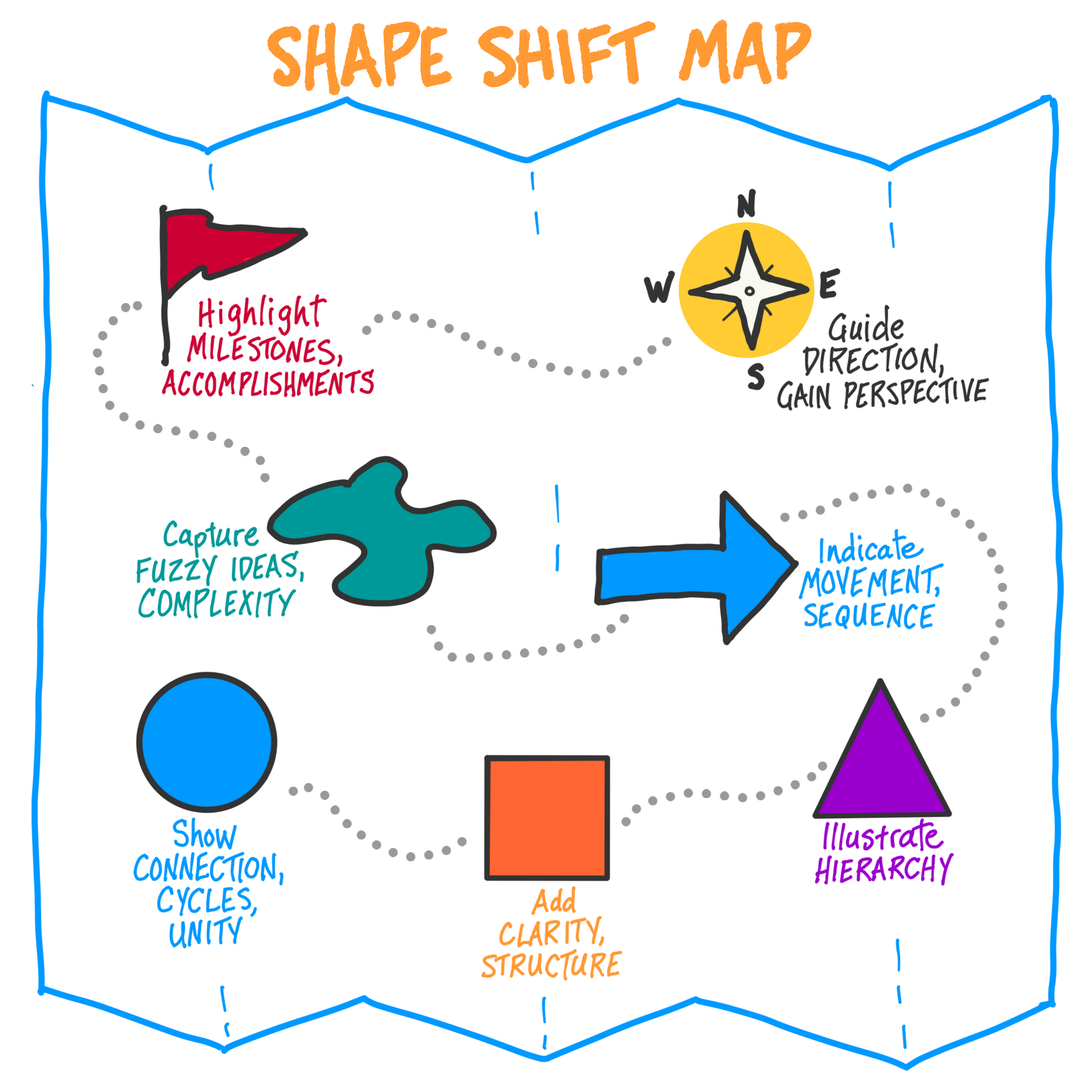Visuals for Learning – Part 3: Stay Calm and Get Organized
The Art of Applied Visual Thinking
On my early morning walk around the block with the pooch this morning, I was reminded how essential it is to remain calm, even when things seem to be going crazy around us. We happened to surprise a flock of mourning doves having their morning breakfast in someone's driveway. The flutter of wings and noisy arc of their collective flight from ground to roof startled me, and also reminded me of Visuals for Learning for two reasons.
First, the birds' dark shapes organized into a cool pattern in flight. Second, two birds sat silhouetted against the light blue sky, already settled calmly on the roof. They seemed to observe the event without ruffling a feather.

If the pair on the roof were teaching the flock, the lesson seemed to be, "stay calm and get organized."
When you are digesting a lot of complex information, such as when you are taking a class, listening to a panel discussion or participating in a large group meeting, how can you stay calm and organize your thoughts so that your visual notes will help you make sense of things later? This is where visual thinking can really help.
The times I get most flustered when using visuals are when there is a LOT of information being presented that is just beyond my understanding, and when it is really important to me to retain this information toward some purpose.
For example, I took notes during a panel discussion about the intersections between local life science companies and the community. I used thick orange lettering for headers, narrow, black text, and soft, yellow lines for icons, arrows and highlights. Choosing a limited number of tools and colors helped me focus more on what was being said.

When you are preparing to take visual notes, planning ahead is ideal, but not always possible. Whether you are taking notes on paper or digitally, developing your "go-to" toolbox and practicing in advance can help you get organized, and add to a sense of calm.
Want a baby step way to get started taking notes?
Once you have your toolbox ready with HOW you will take notes, WHAT will you capture and how will you arrange the information on the page? Try starting with a simple mind map.
The beauty of Mind Maps
A mind map is an intuitive diagram that organizes information into main themes with subordinate information branching off in a non-linear fashion.
- Start anywhere: literally pick any spot on the page and start writing.
- Start with the categories that make sense to you. If you're not sure where to start, try
- Who / What / Where / When / Why (story)
- Cost / Time / Resources / Risks (project)
- Where We Started / Where We Are Now / Where We Want to Be (planning)
- Build out in any direction from each category as the ideas occur to you.
- Add connecting lines, arrows and/or shapes to connect related thoughts. [Note: I left these out in the mind map above and separated each topic onto a different page instead.]
- Don't worry about a structured template. Mind maps are freeform.
Ready to give it a try?
Listen to a 10- or 15-minute podcast, lesson or talk. Before you begin, ready your toolbox and review the mind map tips above.
For me, taking notes during the life sciences panel discussion helped me digest a lot of complex information. I think the mourning doves have more to teach me, too. I plan to do a little research. Here are my questions.
- How did the birds know to fly in the same direction almost in unison?
- How did the birds on the roof stay so calm?
- Were the two birds on the roof a couple?
- Were the birds on the roof in charge?
- Did the birds on the roof signal the others to fly up to the roof?
If I find the answers to these questions, you can bet I'll use a mind map to stay calm and organize them.










